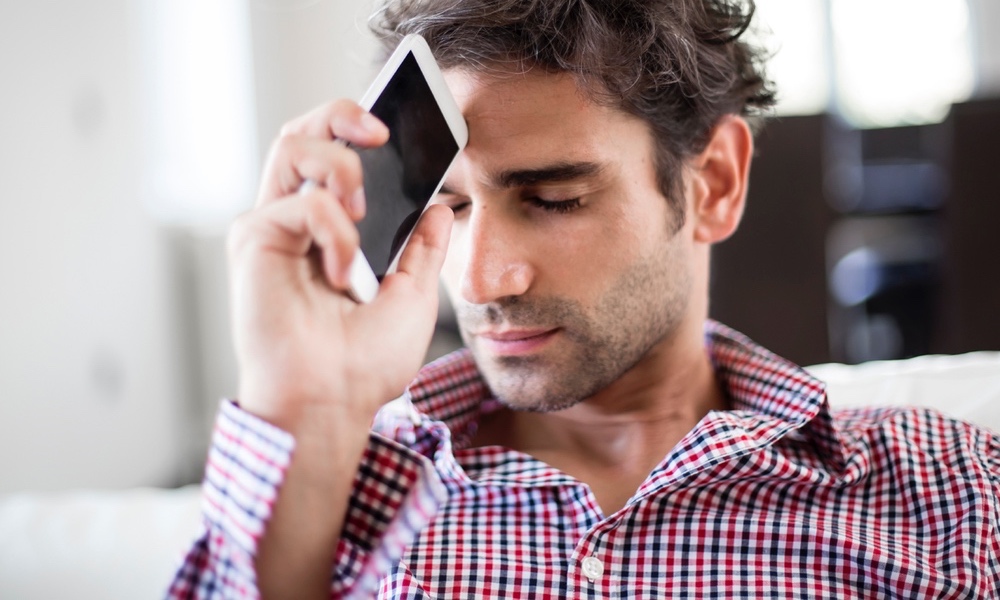Smartphones can be found in 85 percent of American homes, according to 2018 U.S. census data. Americans reportedly look at their phones as many as 14 billion times a day, so the devices can be a significant source of allergen exposure.
In fact, our phones are covered with pet allergens, bacteria and fungi, a recent study found, and many smartphone users do not realize this.
Most people occasionally wipe off their phones, but few really clean them. “Our study findings suggest that those with allergies or asthma should consider cleaning their phones on a regular basis, perhaps daily,” Peter Thorne, the study’s co-author, told TheDoctor.
Phone models similar in size and surface area to real smartphones were used for the study. The 15 study participants used electrostatic wipes several times a day for a week on the surface of the model smartphones. The wipes were then tested for the presence of dog and cat allergens, β-D glucans (BDGs) and endotoxins.
The phone models had high, albeit variable, levels of BDGs and endotoxins, and the phones of pet owners had elevated levels of dog and cat allergens. Previous studies have shown that allergens, particularly cat allergens, are pretty mobile, explained Thorne, a professor of occupational and environmental health at the University of Iowa and Ruran’s mentor. “They are airborne and adhere to carpets and bedding,” he explained.Isopropyl alcohol wipes were found to reduce allergen concentrations. However, they were not as effective as the other four chemicals. And wiping the phones with a dry cloth did not work at all.
Thorne had been certain bacterial endotoxins would be found on the phones, he said, because they are widely found in homes and schools, and the assay used to test the wipes was very sensitive.
The phones were cleaned using solutions of four chemicals: chlorhexidine, cetylpyridinium chloride, tannic acid and benzyl benzoate. Chlorhexidine and cetylepyridinium chloride were effective for reducing endotoxins and BDGs, while tannic acid and benzyl benzoate reduced dog and cat allergens. These chemicals are available through chemical or laboratory supply companies, but are not commercially available in the concentrations used in the study.
The work is part of an ongoing effort to better understand the relationship between bioaerosol exposure and respiratory diseases. “Our goal is to reduce the high burden of allergy and asthma and improve quality of life, particularly for children,” said Thorne.
The current study was presented at the American College of Allergy, Asthma, and Immunology annual scientific meeting. Thorne and his team eventually plan to publish the work in a peer-reviewed scientific journal.





